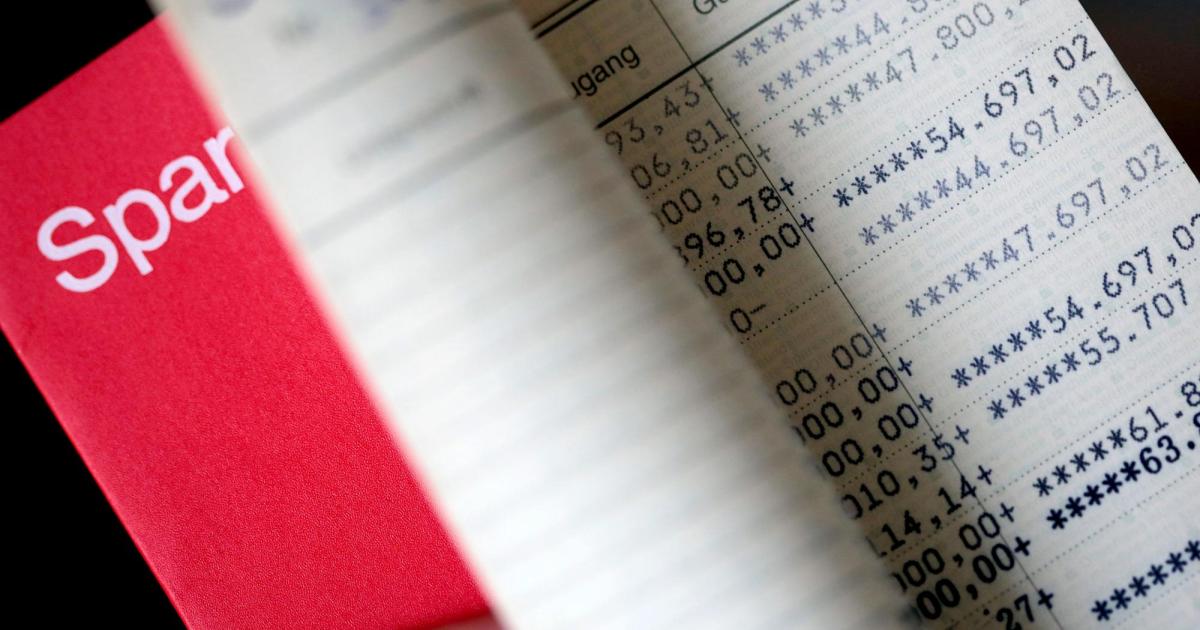In the context of the sharp rise in interest rates by the European Central Bank (ECB), savings products such as the classic building saver are once again becoming attractive. According to an analysis by comparison portal durchblicker, customers currently receive a flat rate of three percent or more for a home saving contract for the first 12 months. After that, variable interest rates of up to 4.25 percent can be obtained. Even for savings deposits with a one-year commitment, interest rates of up to 3 percent are currently possible.
Demand increases
According to durchblicker, that was about a third over six months ago. Accordingly, the demand for creating savers and savings accounts is increasing exponentially. In January, three times as many real estate savings contracts and six times as many savings contracts were concluded through the portal compared to January of the previous year.
Raiffeisen Bausparkasse also recorded a large influx of customers. The number of new home savings contracts almost doubled at the start of the year, managing director Christian Valant told Salzburger Nachrichten on Thursday. Vallant expects the trend towards home savings to continue in 2023. It also assumes that interest rates are here to stay – even if prime rates fall again somewhat in the medium term.
Last year, Raiffeisen Bausparkasse awarded €2.1 billion in funding, an increase of €600 million over 2021 and the highest size in the institute’s history. The Raiffeisen Building Association said in a broadcast on Thursday that a total of 200,000 new home savings contracts had been concluded.
There is still room for improvement
Martin Spona, head of consumer finance at durchblicker, sees room for savings interest rates to improve in the coming months – especially on the back of the next key rate hike from the European Central Bank expected on Thursday. So Spona advises against long-term commitments in savings contracts.
Although savings products are making money again thanks to the European Central Bank’s interest rate hike, the downside to higher interest rates is that borrowing costs are also going up. According to Durchblicker, a minimum of 3 percent interest is currently being paid for a variable rate home loan. This means that variable rate mortgages have become about half as expensive since the end of the year.
In the case of fixed-interest loans, on the other hand, conditions have improved somewhat. For a 20-year fixed-interest home loan, the interest rate would currently be at least 3.45 percent. According to Andreas Ederer from durchblicker, the most attractive conditions are a reaction to lower demand for mortgages. Because fewer families can afford home loans in the current environment and “this trend will continue in 2023,” says Eder.

“Total coffee aficionado. Travel buff. Music ninja. Bacon nerd. Beeraholic.”







More Stories
Wolfsburg instead of Wörthersee: The first GTI meeting starts at Volkswagen headquarters
Pecco Bagnaia (Ducati): Testing on the new Panigale/MotoGP
From autumn onwards, U2 will be playing again at Karlsplatz.